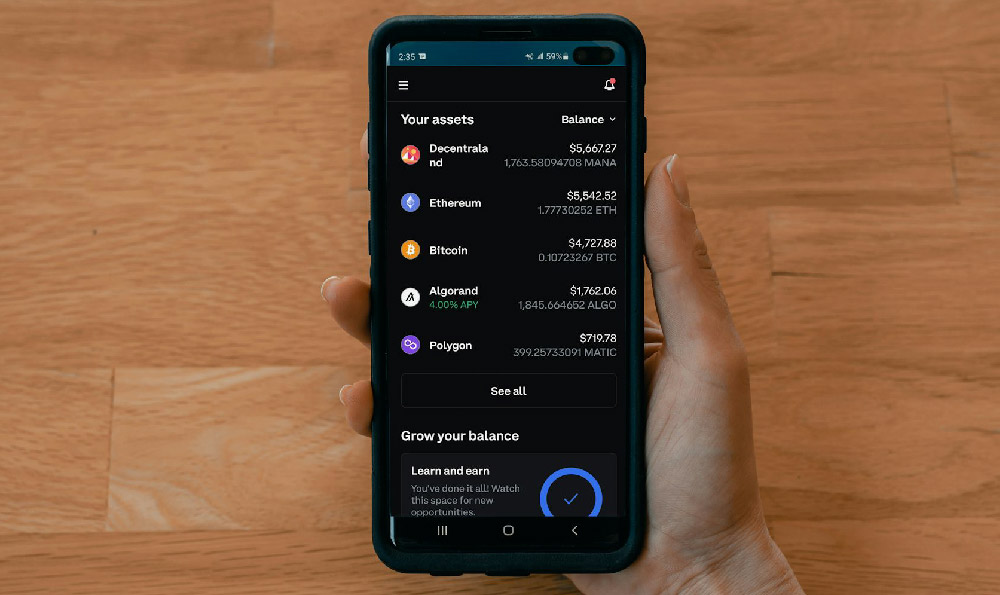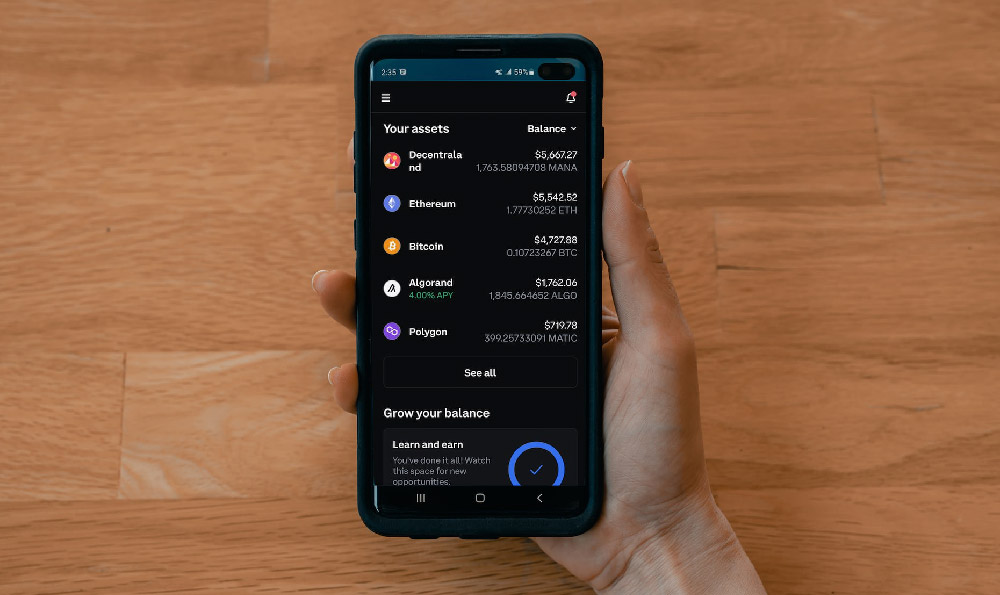Is Selling Art the Only Way? How Can Artists Actually Make Money?
The romantic image of the starving artist, toiling away in obscurity until their work is “discovered,” is unfortunately, often more reality than fiction. However, relying solely on selling original artwork as the only avenue for income is a recipe for financial anxiety, not artistic fulfillment. The art world, while vibrant and expressive, is also notoriously unpredictable. Sales can be sporadic, subject to the whims of the market and the tastes of collectors. To truly thrive, artists need to diversify their income streams and approach their careers with a business-minded perspective. So, beyond the traditional gallery sale, how can artists actually make money? The answer is multifaceted and requires a blend of creativity, business acumen, and a willingness to explore different avenues.
One crucial aspect is leveraging the power of online platforms. The internet has democratized access to the art market, allowing artists to bypass traditional gatekeepers and connect directly with potential buyers globally. Etsy, for example, is a popular marketplace for handmade goods, including art. Setting up an Etsy shop is relatively straightforward and provides a platform to showcase and sell a wide range of art forms, from paintings and prints to sculptures and jewelry. Similarly, platforms like Redbubble and Society6 allow artists to upload their designs onto various products, such as phone cases, clothing, and home decor. These platforms handle the production, shipping, and customer service, allowing artists to focus on creating. The royalty rates vary, but this can be a low-effort way to generate passive income.
Beyond dedicated art marketplaces, social media is an indispensable tool for artists. Platforms like Instagram and TikTok offer unparalleled opportunities to showcase work, build a following, and connect with potential clients. Consistent posting of high-quality images and videos, engaging with followers, and utilizing relevant hashtags can significantly increase visibility. Many artists find success by documenting their creative process, offering behind-the-scenes glimpses into their studio, and sharing their inspirations. This creates a personal connection with their audience and fosters a sense of community. Furthermore, social media can be used to directly sell artwork through features like Instagram Shopping or by directing followers to an artist’s website or online store. Building an email list is also crucial. By offering a free download or exclusive content in exchange for email sign-ups, artists can build a direct line of communication with their most engaged fans and promote upcoming exhibitions, new work, and special offers.

Another often overlooked avenue for income is teaching and workshops. Sharing your knowledge and skills can be both financially rewarding and personally fulfilling. Artists can offer workshops in their studio, at community centers, or even online via platforms like Skillshare or Udemy. The subject matter can range from basic drawing and painting techniques to more specialized areas like digital art or sculpture. Creating and selling online courses can be a source of passive income, as students can access the content at their own pace. In addition to workshops, artists can also offer private lessons, either in person or online. This allows for a more personalized learning experience and can command a higher hourly rate. Furthermore, many schools and universities hire artists as adjunct professors or guest lecturers, providing another potential income stream.
Licensing artwork is another excellent way to generate passive income. Licensing agreements allow businesses to use an artist's work on their products, such as greeting cards, calendars, or textiles, in exchange for a royalty. Artists can approach businesses directly or work with a licensing agency to find suitable opportunities. Building a portfolio of artwork specifically designed for licensing can increase the chances of success. This requires understanding the needs of different industries and tailoring your work accordingly.
Commissions are a reliable source of income for many artists. While they might require more direct interaction with clients and adherence to specific requests, commissions offer a guaranteed payment for completed work. Building a strong portfolio and actively seeking out commission opportunities is essential. This can involve contacting potential clients directly, advertising services on online platforms, or partnering with interior designers or architects. Clear communication and a well-defined contract are crucial to ensuring a smooth and satisfactory commission process.
Grant applications and artist residencies are also important sources of funding and support. Numerous organizations offer grants to artists to support their creative projects. The application process can be competitive, but the financial reward can be significant. Artist residencies provide artists with a dedicated space and time to focus on their work, often with stipends to cover living expenses. Researching and applying for relevant grants and residencies can significantly boost an artist's career and financial stability.
Finally, exploring art-related jobs can provide a stable income while allowing artists to remain within their creative field. These jobs might include working as a gallery assistant, museum educator, graphic designer, illustrator, or art therapist. While these roles may not be directly related to an artist's personal artistic practice, they can provide valuable experience, networking opportunities, and a steady paycheck.
In conclusion, relying solely on selling original artwork is an unsustainable strategy for most artists. By diversifying income streams, embracing online platforms, sharing knowledge through teaching, licensing artwork, pursuing commissions, and seeking out grants and artist residencies, artists can create a more financially stable and fulfilling career. It requires a proactive approach, a willingness to learn new skills, and a commitment to treating their art as a business. The starving artist trope is outdated. Today, artists have more tools and opportunities than ever before to achieve both artistic success and financial independence. The key is to be adaptable, resourceful, and to never stop exploring new avenues for generating income. The most successful artists are not only talented creators but also savvy entrepreneurs.















